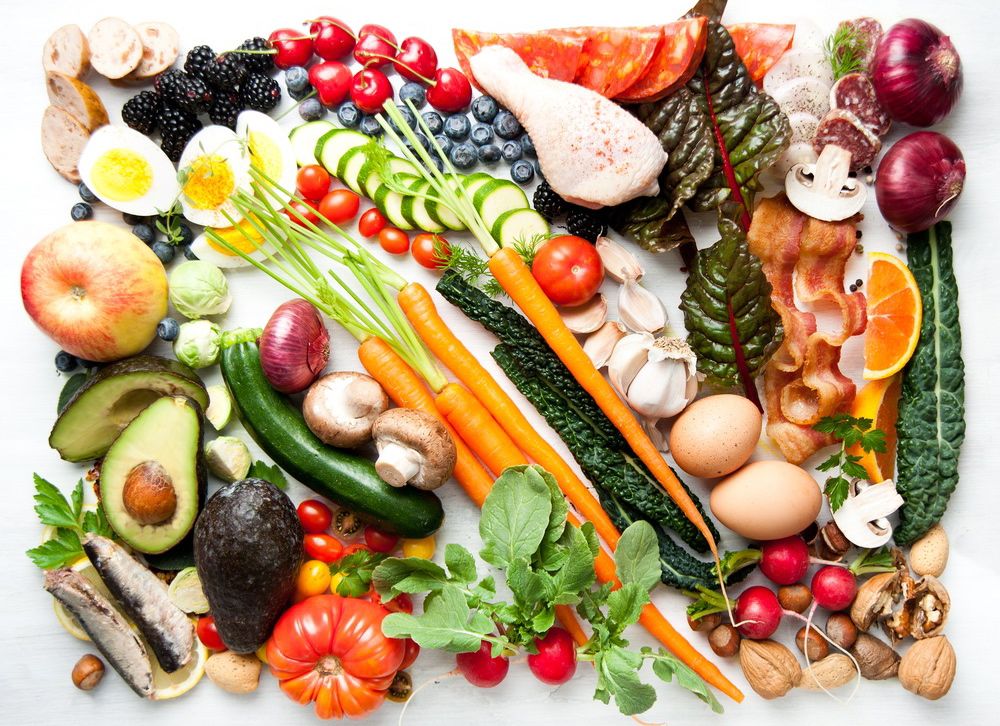Racing Weight: Should You Eat Like A Caveman?

Photo: <a href=http://shutterstock.com>Shutterstock.com</a>
A look at the Paleo Diet, which is a favorite among several endurance athletes.
The Paleo Diet is a relatively underground phenomenon, but it is quietly spreading within the ranks of serious endurance athletes. The diet was developed by Loren Cordain, Ph.D., whose book, The Paleo Diet, was published in 2002. It became popular with endurance athletes after a sequel, The Paleo Diet for Athletes, was published three years later.
So what is the Paleo Diet? The authors believe that we humans are healthiest and function best when we eat exclusively those foods that our ancient ancestors ate during the Paleolithic Age, which covers the entire span of our evolution from roughly 2.5 million years ago to about 12,000 years ago. The rationale is that our species evolved adapting to the foods we ate; thus, our genes are specifically designed to use these nutrition sources. Any food types that entered our diet after the main work of our evolution was done cannot be used as efficiently and effectively by our bodies, the authors contend.
The mantra of the Paleo Diet is this: “If you can’t find it in the wild, don’t eat it.” So it’s a diet that consists of lean (preferably wild or free-range) meats, fish, fruits, non-starchy vegetables, nuts and seeds. Grains and dairy foods are generally frowned upon because they entered the human diet after the Paleolithic Age. All manner of processed foods, from potato chips to soft drinks, are also taboo.
There is, in fact, some pretty good evidence that our bodies do not use post-Paleolithic foods as well as earlier ones. For example, it is known that grains tend to promote systemic inflammation, body fat storage and tissue acidity. So, all in all, the authors make a pretty good case that the Paleo Diet is close to optimal for athletes and non-athletes alike.
There’s only one problem. The Paleo Diet is, by modern American standards, extremely restrictive and countercultural. The typical endurance athlete who chooses to wholly embrace it will be forced to drastically alter his or her eating and shopping habits. And are the benefits really worth those privations? A close inspection of the data suggests not.
For example, while grain eaters generally have poorer health than those who avoid this food group, grains in general are not to blame. Refined grains such as white rice are the problem. Whole grains such as brown rice actually enhance health. For example, a recent study out of the Harvard School of Public Health found that men and women who ate more than two servings of brown rice per week had a lower-than-average risk for type 2 diabetes, while those who ate five or more servings of white rice per week had an above-average risk for the disease.
As for dairy, many adults cannot properly digest dairy foods because of a genetically based lactose intolerance that is directly associated with the absence of dairy foods from our ancestral diets. However, the best evidence suggests that those who can digest dairy foods stand to benefit from keeping them in their diet. A 2005 study by scientists at Massachusetts General Hospital reported that each serving of dairy consumed daily reduced type 2 diabetes risk by 9 percent in a population of 41,000 men tracked for 12 years.
It also bears mentioning that studies linking consumption of grains and dairy to negative health effects involve non-athletic populations. However, these health effects are generally negated by exercise. For example, diets that include lots of high glycemic index foods like grains are linked to insulin resistance in the general population, but not in regular exercisers. One study found that insulin sensitivity (which is the opposite of insulin resistance, hence a good thing) increased in obese couch potatoes who were either placed on an exercise program or a low GI diet, but it improved most with exercise and did not improve any more when exercise and a low GI diet were combined.
There are plenty of anecdotal reports of improvements in body composition and energy levels in athletes who switch to the Paleo Diet. However, body composition tends to improve when any sort of effort is made to improve diet quality. The Paleo Diet is certainly a healthy diet and one that I would encourage any triathlete who thinks he or she can put up with its restrictions to try. But you can get similar results from changes that are less drastic than eliminating entire food groups from your diet.